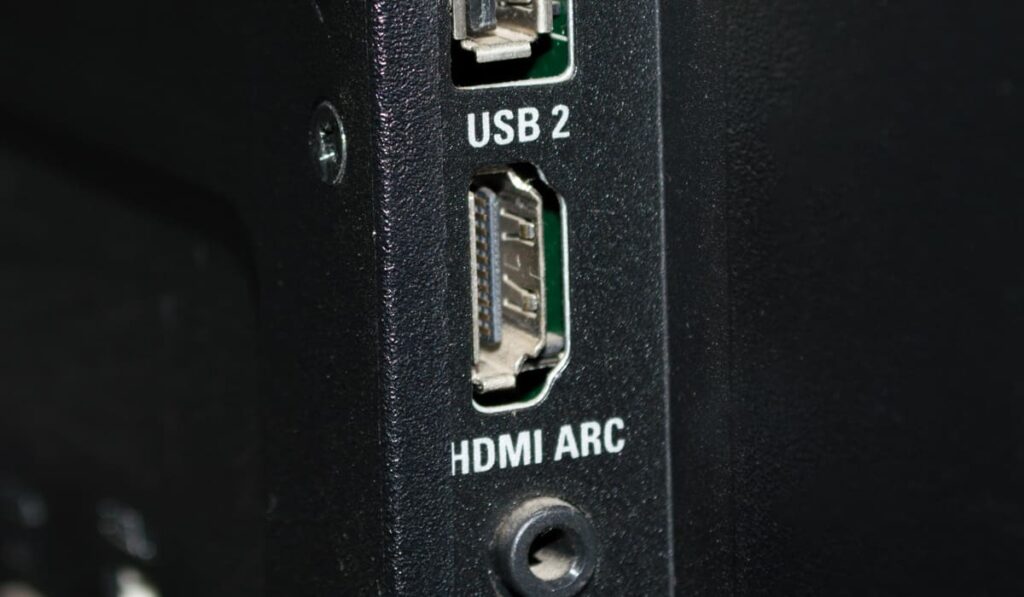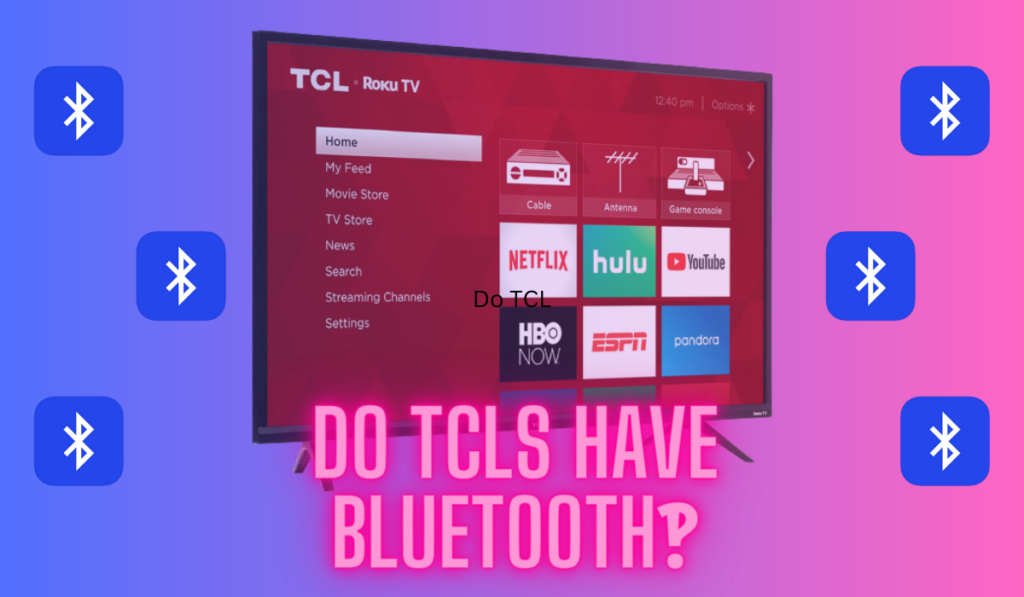In this post:
- Key Takeaways
- Ideal Height To Mount A TV
- Why Mounting at Eye Level is the Best Option
- How High Should a TV Be Mounted
- How to Decide on Your TV Mounting Height
- Optimal TV Mount Height For Different Rooms
- How to Determine the Mounting Height for a Flat Screen TV
- Tips for TV Mounting Height
- Mount Your TV at the Best Height
Deciding the right height to mount your TV can be surprisingly complex, yet it's crucial for a comfortable viewing experience. Whether you're setting up a new home theater or simply adjusting your living room layout, the placement of your TV has a significant impact on your viewing comfort.
To mount your TV at the ideal height, aim for eye level when seated, typically around 42 inches from the floor. Adjust based on room layout, seating, and TV size. For larger screens or different viewing angles, consider mounting slightly higher, ensuring comfort and reducing neck strain.
In this article, we'll delve into the essentials of TV mounting. You'll discover how to determine the ideal height for your television based on factors like room size, seating arrangements, and screen dimensions.
Key Takeaways
- Best Option for Mounting a TV: Mounting at eye level is ideal for ergonomic comfort and optimal viewing. It prevents neck strain and ensures the best picture quality.
- Determining Mounting Height: Measure eye level while seated for ideal TV mount height. For a typical living room setup, start at about 42 inches from the floor, adjusting based on seating and room layout.
- Adjusting for Room Design: Consider the room's design and any obstacles like fireplaces. If an obstacle is present, mount the TV slightly higher, or choose an alternate location for comfortable viewing.
Ideal Height To Mount A TV
There are a few factors to be considered when choosing the perfect height to mount your TV. But, before we get into details, take a look at the table below, presenting what height is the best to mount a TV, based on the TV's size.
| TV Sizes (inches) | Mount Height (inches) |
|---|---|
| 50 | 32.5 |
| 55 | 31.25 |
| 60 | 30.0 |
| 75 | 26.25 |
Why Mounting at Eye Level is the Best Option

Mounting the TV at eye level is vital for several reasons, making it the top choice:
- Ergonomic Comfort: Eye-level TV mounting prevents neck and eye strain for comfortable viewing.
- Optimal Viewing Angle: Viewing at eye level ensures the best picture quality without distortion.
- Reduced Eye Strain: Eye-level positioning avoids extra focus effort, reducing eye fatigue.
- Aesthetics and Room Layout: A TV at eye level enhances room design and integrates well with space.
- Seating Arrangement Consistency: Eye-level mounting aligns with natural seating, improving the viewing experience.
How High Should a TV Be Mounted

When deciding how high to mount your TV, a commonly recommended starting point is around forty-two inches from the floor to the center of the screen. This recommendation is appropriate for most living room setups, involving typical couch height and viewer's eye level.
On the other hand, if you rarely watch TV or mainly use it for brief periods, such as catching up on news or sports, mounting it higher may not pose a problem. Similarly, if your preferred way to watch TV is from a reclined position or lying down, a higher mount might actually be more comfortable.
In situations where you can't mount the TV at the desired height and must choose between too high or too low, it's usually better to mount it a bit lower rather than higher.
Moreover, the unique design of each room plays a crucial role in determining the ideal mounting height for your TV. Wall mounting adjustments may be needed for obstructions like fireplaces or furniture (or you can even mount it to the ceiling – our guide). Take a look at the next section for more on room placement and viewing angles.
How to Decide on Your TV Mounting Height
Eye level is the optimal TV height unless you're watching from a reclined position. Depending on the room’s design and setup, you might have to deal with an obstacle.
Unless the obstacle covers the entire wall, mount the TV a little higher. When you don’t have space on the wall due to a full-size fireplace, look for a different place.
It might be necessary to move furniture around, but it’ll be worth it when you’re comfortably watching TV, on the other hand, how high to hang a TV can be flexible, for example, in a bar setting.
Bar TVs are usually mounted high on the wall because patrons are rarely glued to the TV, and thus the high mounting doesn’t result in strained necks.
You can do the same at home if you rarely watch TV or tilt it down if the TV is above the viewer's eye-line (our guide).
Optimal TV Mount Height For Different Rooms
The mounted TV height will vary, often based on the room's purpose. This section provides recommended TV heights for different room settings, such as:
- Bedroom: Mount the TV slightly higher than eye level when seated, about 43-53 inches from the floor, for comfortable viewing from the bed.
- Living Room: Place the TV at eye level when seated, typically around 42 inches from the floor.
- Above Fireplace: Mount above the fireplace at a height that avoids neck strain, preferably with a downward tilt.
- Above Console: Ensure the TV is 6-8 inches above the console, with the center at eye level.
- Conference Room: Set the TV at roughly 61 inches off the floor, so that it's visible to both seated and standing viewers.
- Gym: Mount the TV higher, around 60-70 inches from the floor, for clear visibility above gym equipment.
How to Determine the Mounting Height for a Flat Screen TV
Before you get ready to place the TV, you’ll want to consider a few factors.
TV Size
The size of your TV screen matters. Standard models range from 32” up to 55,” a measurement you'll find listed on the product box. However, you can also find larger, high-priced flat-screen TVs that exceed the standard measurements.
Since you’re trying to mount the TV at eye level, you want to pay attention to the center of the screen. This is the area you want to center with your eyes.
Viewing Distance
TV viewing distance is critical, it refers to how far away you should be from the screen. To find your perfect viewing distance divide the television screen size by 0.55. If you own a 42” flat-screen TV, your optimal viewing distance is 76 inches.
For a 55” model, the viewing distance is 100”. The larger the TV, the further you want to be away from the screen.
Viewing Angle and Eye Level from the Floor
Measure eye level while seated to determine TV mounting height. Consider your usual sitting or reclining angle; typically, it's 30 degrees upright and 10-15 degrees reclined. Take time to plan before mounting, as recommended heights are 56 inches for a 42” TV and 67 inches for a 70” TV.
Tips for TV Mounting Height
If you want to mount your TV high or don’t have another option, some tools will make the job easier. A dedicated TV mount securely holds the TV against the wall.
You can have ones that hold the TV flat against the wall or tilt it at an angle. Some mounts will even allow you to raise and lower the screen.
Here are two wall mounts to look at if you have to have your TV higher on the wall.
Full Motion TV Wall Mount
The Amazon Basics Full Motion Articulating TV Wall Mount comes with two arms that tilt, swivel, and rotate.
This versatile TV mount supports flat screens from 32″ to 80″ and up to 130lbs, accommodating various brands and types like LED, OLED, and LCD. It's sturdy, easy to install within 30 minutes, and comes with all the necessary hardware.
MantelMount MM340 TV Mount
When you can’t rearrange the furniture or move an obstruction, you’re stuck mounting the TV higher on the wall or above a fireplace. It doesn’t mean that you have to crane your neck to watch your shows when you use the MM340 TV mount from MantelMount (on Amazon).
The mount, compatible with 44” to 80” flat screens and supporting up to 90lbs, offers easy installation, affordability, and versatile movement. It features a 30-degree tilt, swivel, and a 19” extension from the wall, plus vertically adjustable gas-piston powered handles for manual adjustment.
Mount Your TV at the Best Height
You can always use a simple stand to hold your TV upright which is a method that works for anyone with a flat surface at eye level. In other words, you don’t need to worry about mounting your TV in this case, but unfortunately, most television owners aren’t that lucky because they need to mount the TV on the wall.
Before you attach the mount, think about viewing distance and angles because you don’t want to have constant neck pain every time you watch TV. TV mounts are convenient devices that hold your TV at higher heights.
Most tilt and swivel, so you can see the screen from almost any vantage point. If you have to mount your TV above eye level, consider a TV mount with vertical descent. You can bring the television down when you’re using it, and raise it back when you’re finished. If you ever need to transport your TV, make sure you're doing it properly (our guide).





